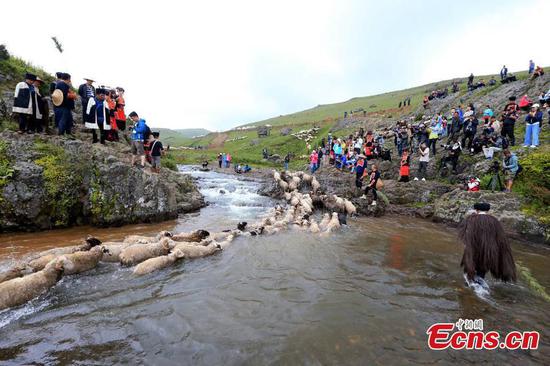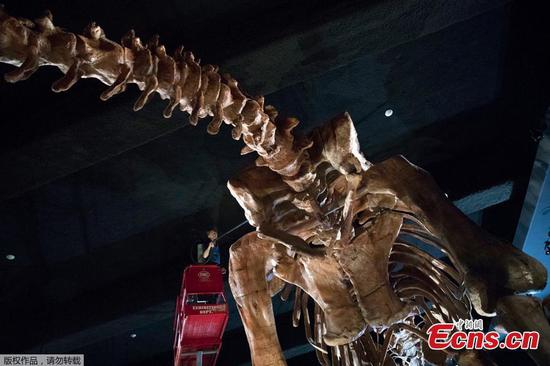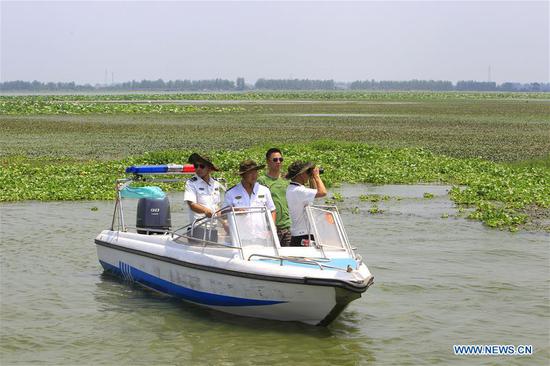Chinese scientists have found a gene which plays an important role in helping rice, originating in warm southern China, expand to the relatively cold northern regions.
Rices grown in Asia include two subspecies: indica rice and japonica rice. The heat-resistant indica rice is mainly planted in southern China, as well as the tropical and subtropical areas in South Asia and Southeast Asia, while the japonica rice, after nearly 10,000 years of domestication and selection, can tolerate cold weather and has been expanded to northern China and the temperate zones in Northeast Asia.
After analyzing 202 rice samples from various growing regions around the world collected by the Department of Agriculture of the United States, Chinese researchers at the Institute of Genetics and Development Biology of the Chinese Academy of Sciences identified a gene, bZIP73, associated with cold tolerance.
The researchers believe the gene has facilitated the adaptation of rice to low temperatures.
Rice is one of the most important cereal crops feeding more than half of the world's population. Cold stress is a major factor limiting production and geographic distribution of rice, said Chu Chengcai, a lead scientist in the research.
The discovery may help breed new rice varieties which can grow in high latitude and high altitude regions, Chu said.
The research was published in the latest issue of the journal Nature Communications.


















































